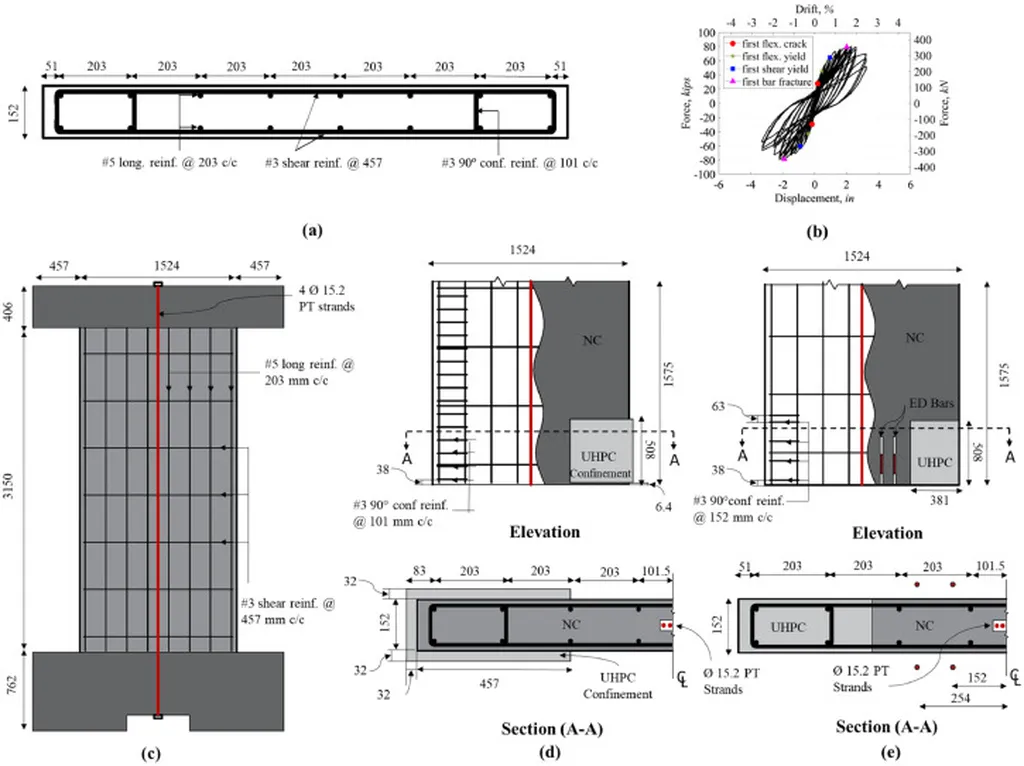In the ever-evolving landscape of seismic-resistant construction, a groundbreaking study has emerged from the Department of Civil Engineering at the Islamic Azad University, Sanandaj Branch, Iran. Led by Ebrahim Kouchaki, this research delves into the intricate world of concrete shear walls, a critical component in earthquake-prone regions like Iran. The study, published in the journal ‘مهندسی عمران شریف’ (translated as ‘Sharif Journal of Civil Engineering’), employs advanced finite element simulation using Abaqus software to investigate how the arrangement of rebars influences the ductility, stiffness, and bearing capacity of concrete shear walls.
The research is particularly relevant to the energy sector, where the integrity of structures under seismic loads is paramount. “Understanding the behavior of shear walls under different reinforcement angles can significantly impact the design and safety of energy infrastructure in seismic zones,” Kouchaki explains. The study’s findings could potentially lead to more robust and cost-effective construction methods, ensuring the resilience of critical facilities such as power plants and refineries.
Kouchaki and his team simulated models of short and long concrete shear walls, with heights of 2.5 and 4.5 meters respectively, under various reinforcement angles and subjected them to bearing loads and seven different earthquake records. The results revealed a fascinating trend: as the reinforcement angle increased up to 75 degrees, the ductility, stiffness, and bearing capacity of the walls decreased. However, the addition of diagonal reinforcements reversed this trend, enhancing these properties.
The study also highlighted the distribution of von Mises stress, a critical factor in understanding the structural integrity of shear walls. Under bearing loads, the highest stress concentrations were observed at the base of the walls. In the case of earthquake records, the stress was most pronounced at the side areas and corners. Notably, the stress contours for short walls under a drift load of 1% showed an initial increase followed by a decrease in stress values as the reinforcement angle increased. Conversely, under a drift load of 2%, the stress increased with the reinforcement angle.
The implications of this research are profound. By optimizing the arrangement of rebars, engineers can enhance the performance of shear walls, leading to safer and more resilient structures. This is particularly crucial in the energy sector, where the integrity of facilities can have far-reaching economic and environmental impacts.
As the construction industry continues to evolve, studies like Kouchaki’s pave the way for innovative solutions that address the challenges posed by seismic activities. The findings not only contribute to the academic discourse but also offer practical insights for engineers and designers working in earthquake-prone regions. In a world where natural disasters are becoming increasingly unpredictable, such research is invaluable in ensuring the safety and sustainability of our built environment.

